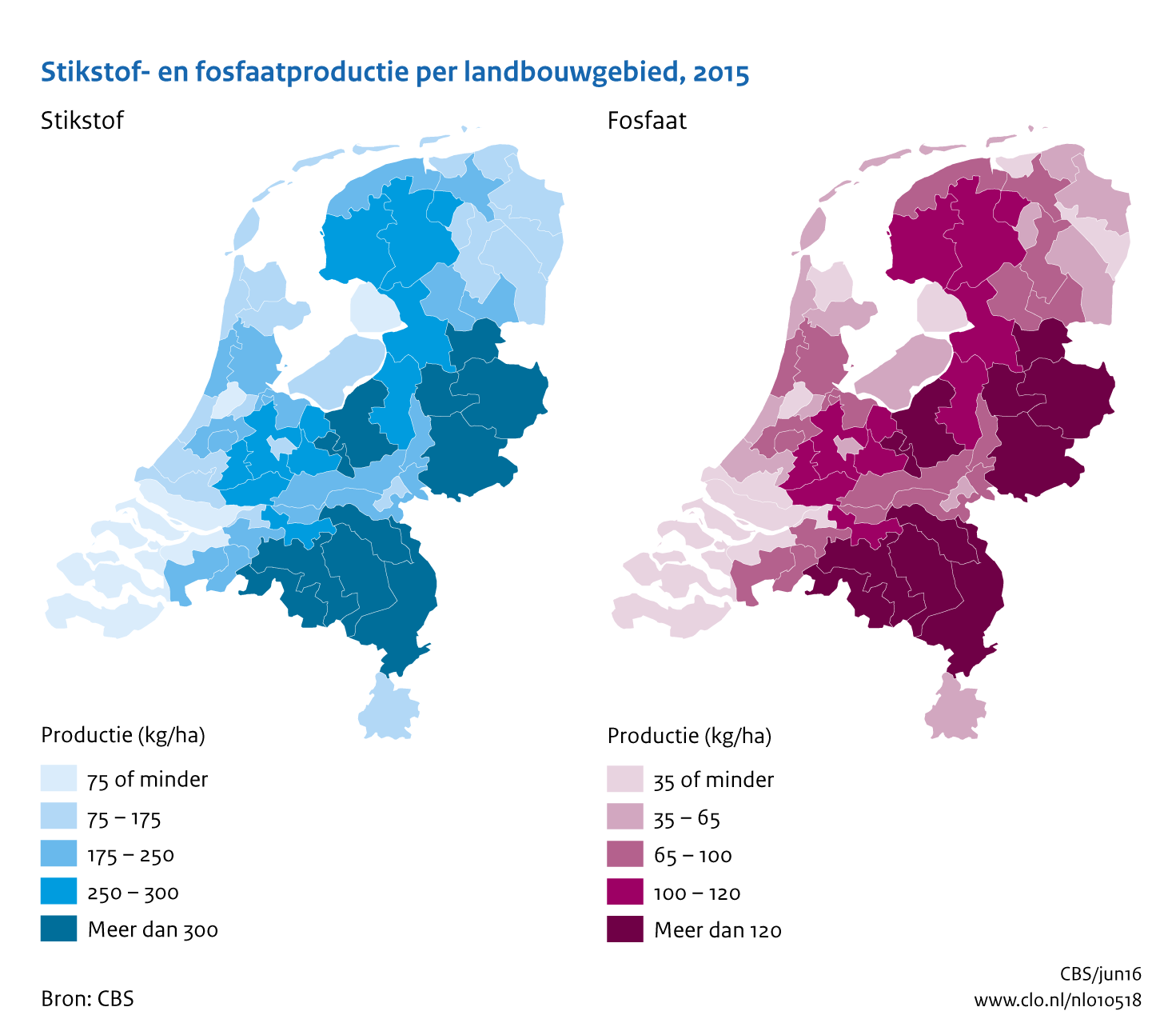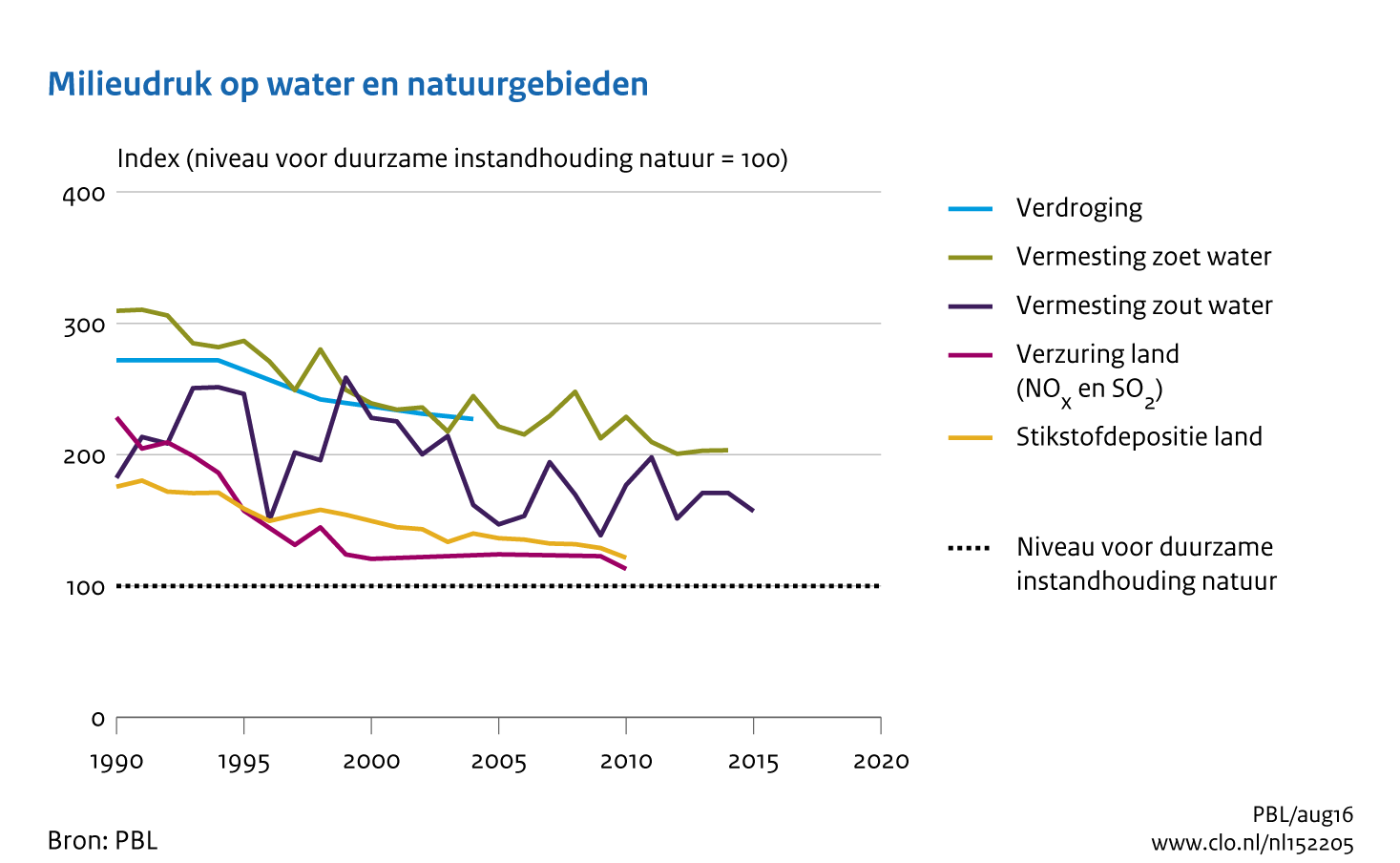
It is a strong image. Search online for 'Dutch grasslands' and you will find pictures of green grass, black-and-white cows, a ditch and a mill. These are agricultural grasslands. However, when I think of grasslands, I think of semi-natural grasslands, basically nature reserves. These are grasslands filled with grasses and herbs, many of them also endangered plant species. These semi-natural grasslands have been protected for years, but are still threatened. For the past years I have been studying the effect of eutrophication on the species richness in these grasslands.
First, however, I want to show how special the plants and the grasslands themselves are. As these grasslands are so threatened, they are in general not open to the public.


 RSS Feed
RSS Feed
